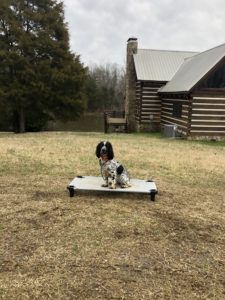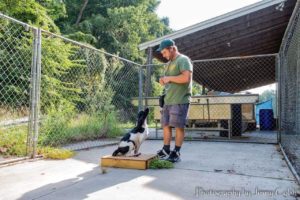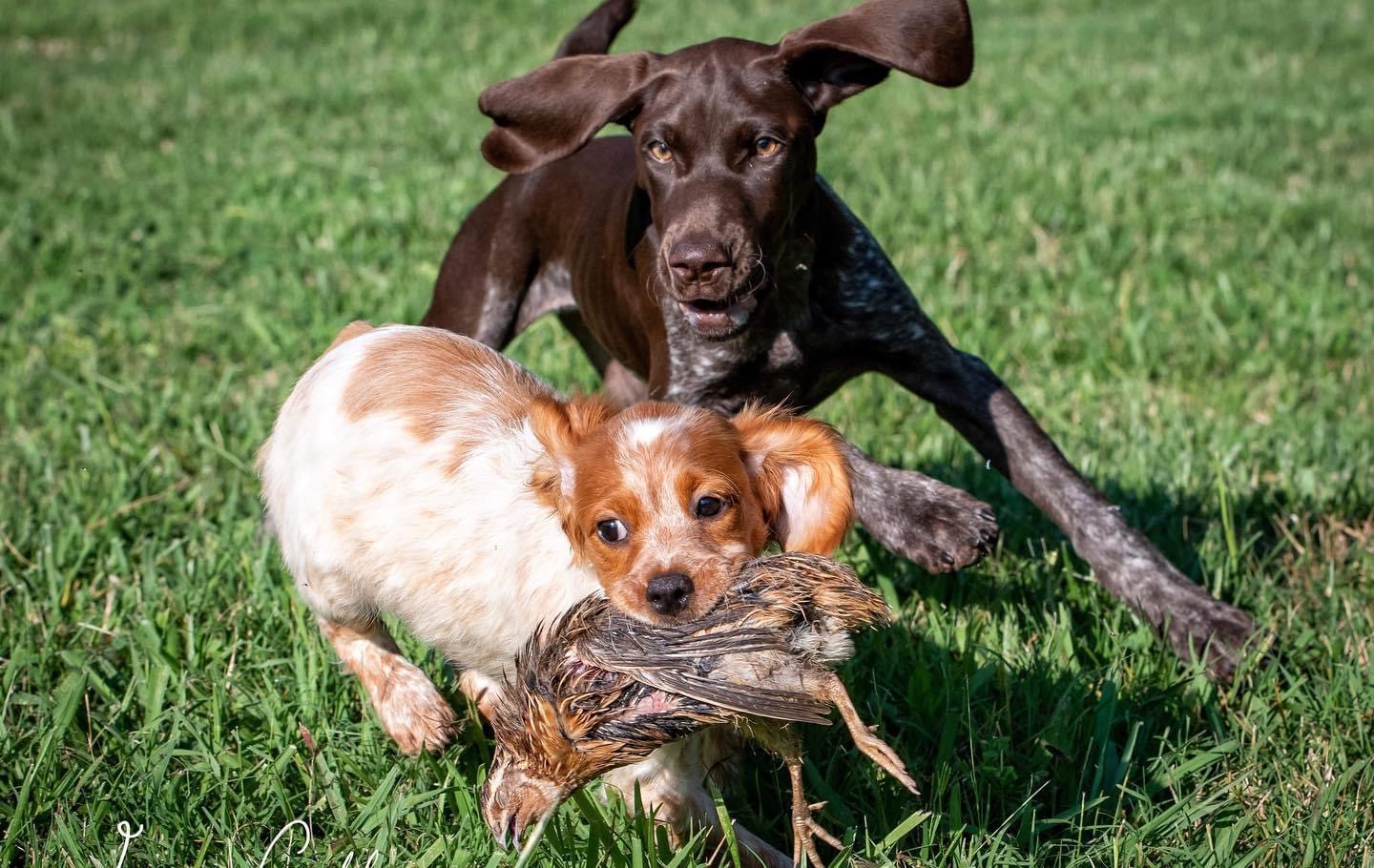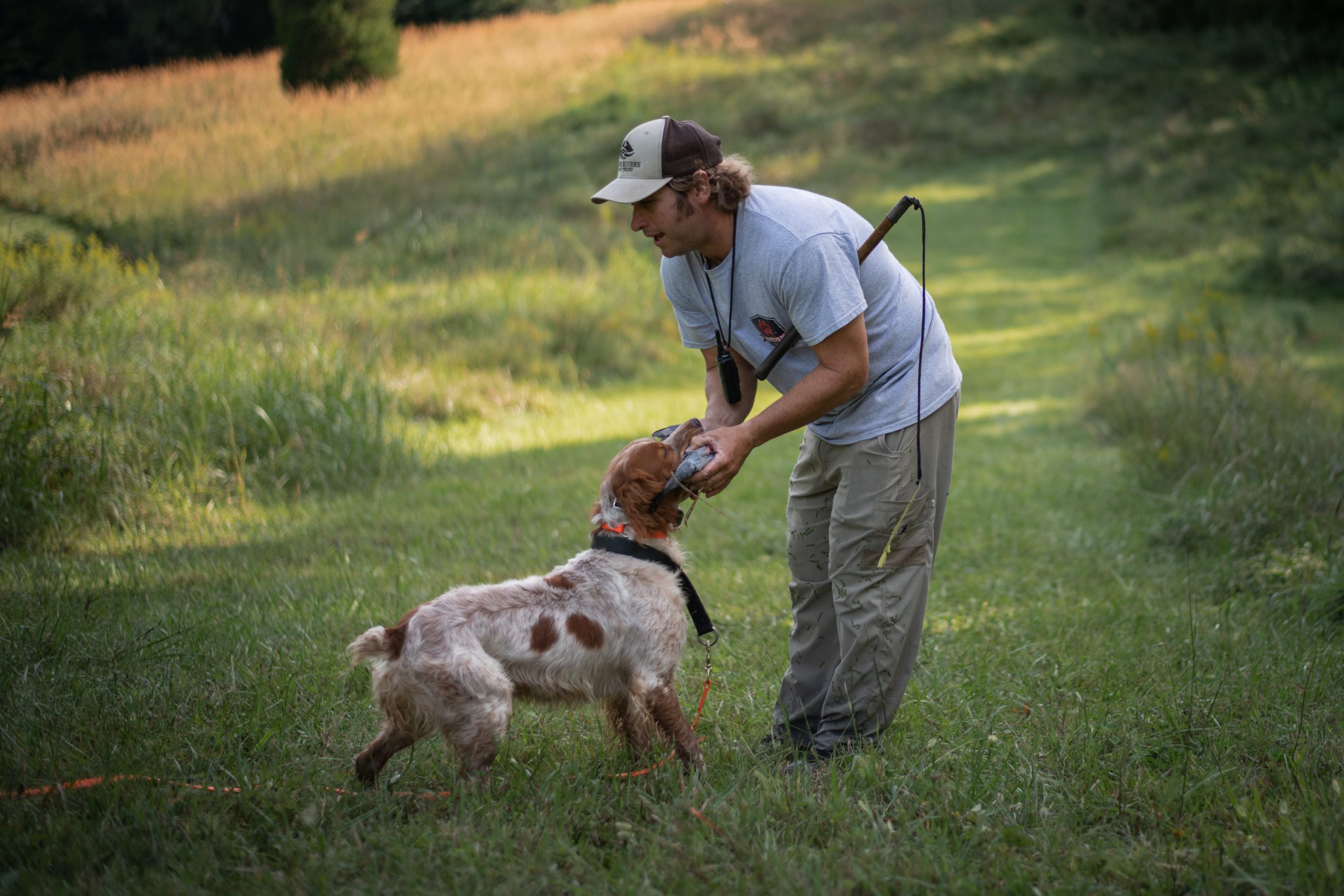A Training Study Guide #1
I’m writing this for my clients, students, and friends. If you see something you disagree with, please let me know. I’m prone to grammatical errors and occasional stupid thoughts. I’m not above amending this paper or changing my mind.
As you may know by now, most of my writing and lectures are likely best described as free association. I have trouble dealing in absolutes, but more than that, I can’t bear to ask my clients and students to deal in absolutes. Unfortunately, my free-form style of instruction is unfair to those I’m trying to serve and teach. I guess it’s time for me to put some order to my own style, or at least the way I attempt to explain it to others.
I’ve written a good amount about my belief that dog training is governed by the principles of behaviorism and that all systems and methods are just interpretations of the application of those principles. Mastery of the principles allows you to pick and choose what you like from those that peddle their methods and systems and create your own style. My objective is to help my clients and students find their own style of training, handling, and interacting with their dog(s).
Yes, my thoughts, beliefs, and training style are a complete product of the trainers that have influenced me, and though these are my words, it may appear as though I’ve ripped off some popular (or less popular) trainers… I have. Some have taken the time to mentor me directly, some I’ve met once or twice, and most of them couldn’t pick me out of a police line-up. I’m grateful to them all.
Quick thoughts before we get into the meat and potatoes:
1: Efficiency and effectiveness are the measure of a good trainer. It takes practice to become efficient and effective, be patient with your dog and yourself.
2: Train with intent. Know what you’re trying to accomplish before you set out to accomplish it.
3: Don’t be afraid to go backwards in training. When things get out of hand, simplify the training set up and get out on a good note.
4: My only ethical and moral measuring stick is my personal, subjective belief that the dog is a willing participant in training. Be honest with yourself about this and hold yourself to a real standard.
Please go back and read my early blog posts
The Primer – Primer
Classical Conditioning – Classical Conditioning as it Relates to Dog Training
Operant Conditioning –Operant Conditioning as it Relates to Dog Training
Lesson 1: Reward Based Foundations

The “Mark” and Engagement
Whenever I’m working with new dogs, especially puppies I try to restrict myself to reward based systems (for the first few sessions anyway). This means I will attempt to develop (classically condition) a reward marker and then work primarily in positive reinforcement and negative punishment. I will always attempt to use food as my primary reinforcer because it can be delivered from the handler to the dog with precision from the first rep. I will use the lowest value food that the dog will happily engage with me for. By engage, I mean that the dog will solicit me for my attention and the food in my possession.
Reward Marker:
As I stated earlier my reward marker is the word “yes”. Clickers are another popular reward marker, and, in my opinion there is one distinct advantage to using a clicker as opposed to a verbal mark; that is the ability to deliver a conditioned sound consistently over time. Clickers always make the same noise when the user depresses the metal, and they aren’t subject to cases of the Mondays or other mood swings that may cause inflection or intonation. What’s important is that the marker, be it a clicker or the word yes becomes classically conditioned to signal to the dog that they can prepare to receive a treat. Eventually the mark will elicit a dopamine response in the reward center’s of the dog’s brain just as the treat does and carry the power of positive reinforcement on it’s own. We must take care to maintain the value of our reward markers by consistently pairing them with the reward.
Markers are also known as bridges because the act as a bridge between the time that the dog performs a desired behavior and the time that we can deliver our reinforcer. For me, the (primary) mark will almost always release the dog from whatever behavior or chain of behaviors is being reinforced. I will also condition a duration marker “good”. “Good” signifies, “You’re performing the correct behavior in the proper space, and you can prepare to receive a reward, but don’t stop doing what you’re doing. I will bring the treat to you.”.
Completely distilled, markers mark a specific behavior in a specific space, in a specific time. There is much power in this style of training and trainersthat dismiss marker training, do so to their own detriment.
Day 1/Session 1
I use a 10’x20’ chain link pen on cement to contain all new dogs in for training. I will enter the pen with the dog and present him/her with the lowest value food item convenient to me (dog’s regular kibble). If the dog appears to be excited and begins to solicit a treat, I will begin “charging the mark”. My reward marker is the word “yes” many people use a clicker. For the first few short sessions I will not require anything from the dog. I will simply say the word “yes” and present the treat to the dog, always taking care to say the mark before making any motion to present the treat. This is the process by which we classically condition the word yes to represent a food reward. After many, many repetitions the mark will have the power of reinforcing the behaviors we desire from the dog.
Engagement
Once the dog is actively soliciting the reward, begin to move away from him/her. We want to see the dog track the handlers motion and work to get the handlers attention. If our dog is losing focus and not engaging the handler for the treat, shorten the sessions and/or increase the value of the food reward (richer kibble < liver treats < cheese < etc). We want the dog really working to keep up with us and vigorously pursuing the treat. Remember to keep the word yes in front of your motion to present the treat as the presentation will become the foundation of your non-verbal cues to elicit specific behaviors in the future. The idea is that by the end of the first few sessions, the dog is actively soliciting my attention as soon as we enter the training area. I will do my best to remain neutral and not solicit the dog’s attention. Ian Dunbar calls this one way engagement.
No matter what type of dog I am training and regardless of the task, the “mark” and “engagement” are the foundation. Some dogs will be more challenging than others, but most will come on line in this type of system. For those that won’t, there are plenty of other ways to get started. Feel free to contact me with questions.
Have fun,
Grayson




